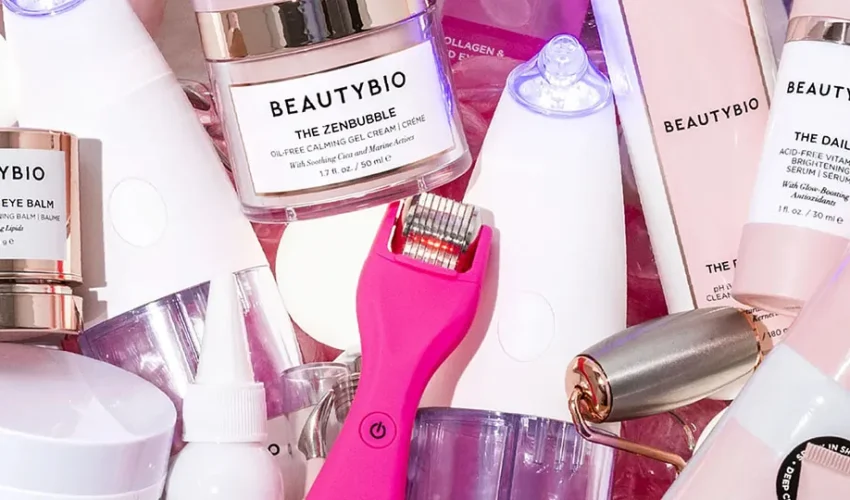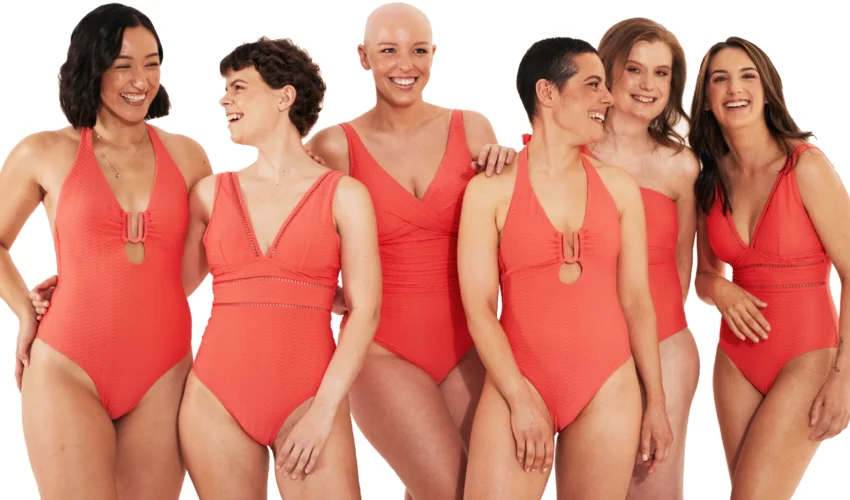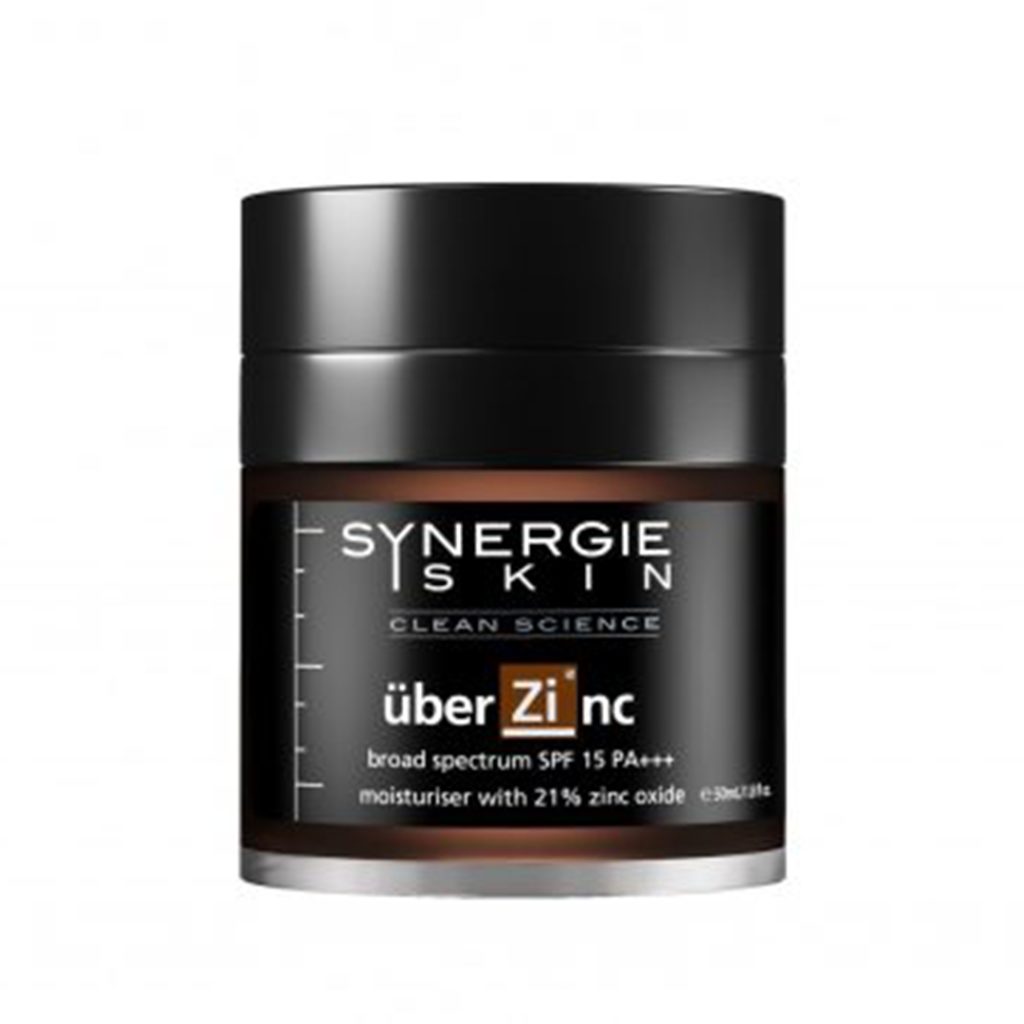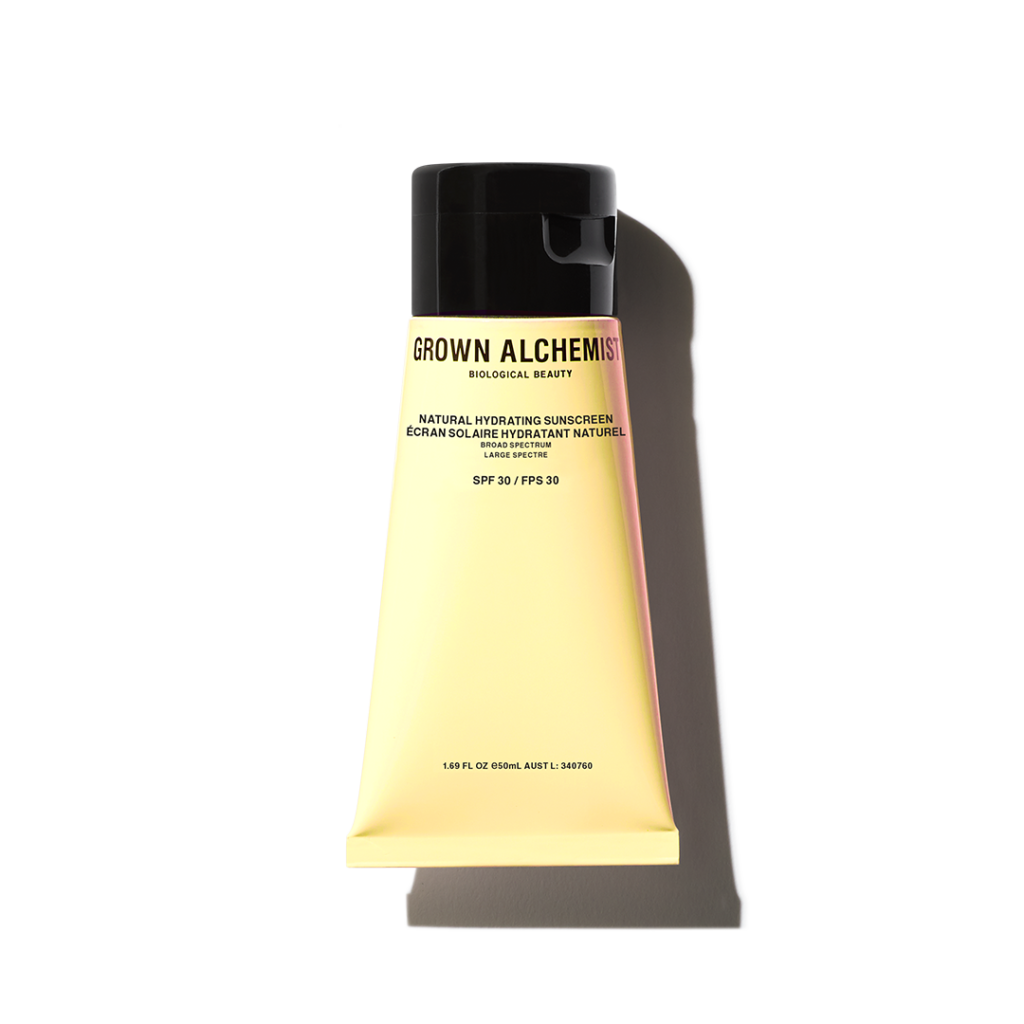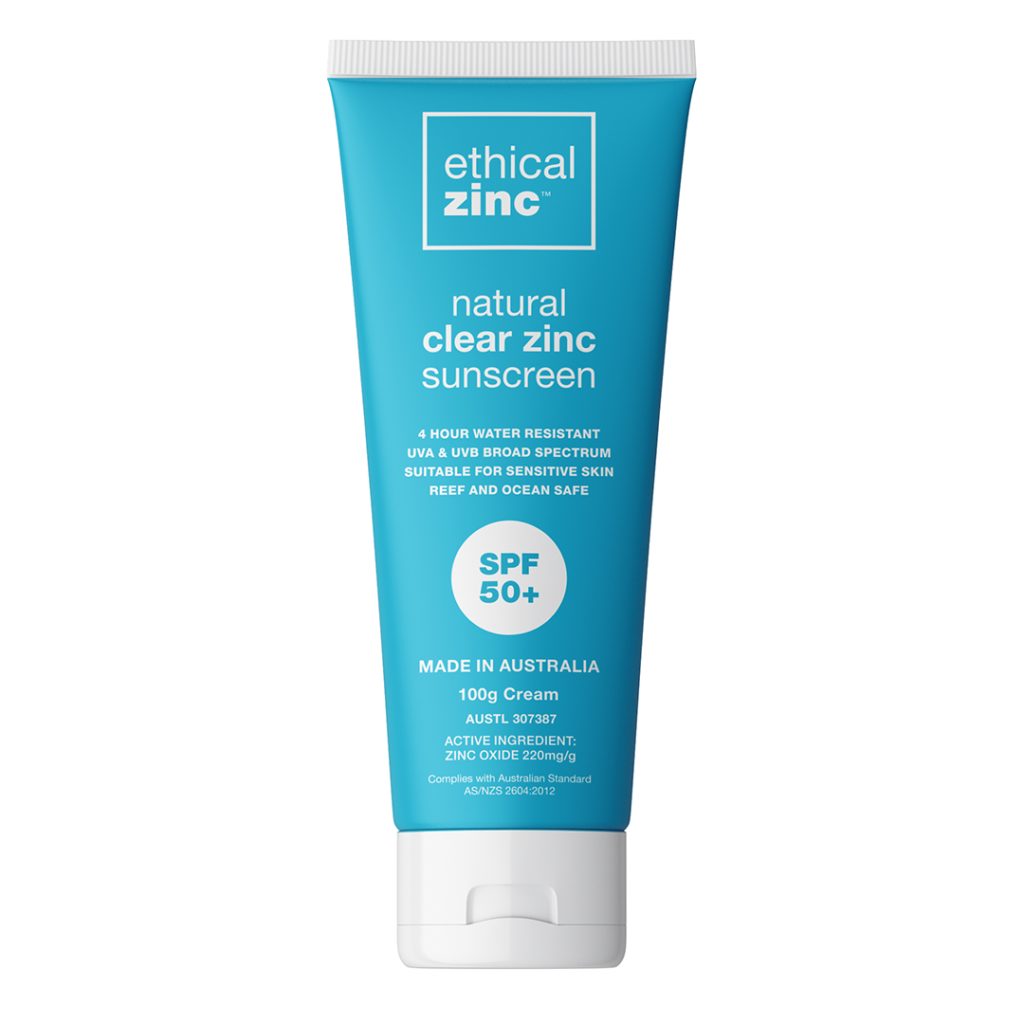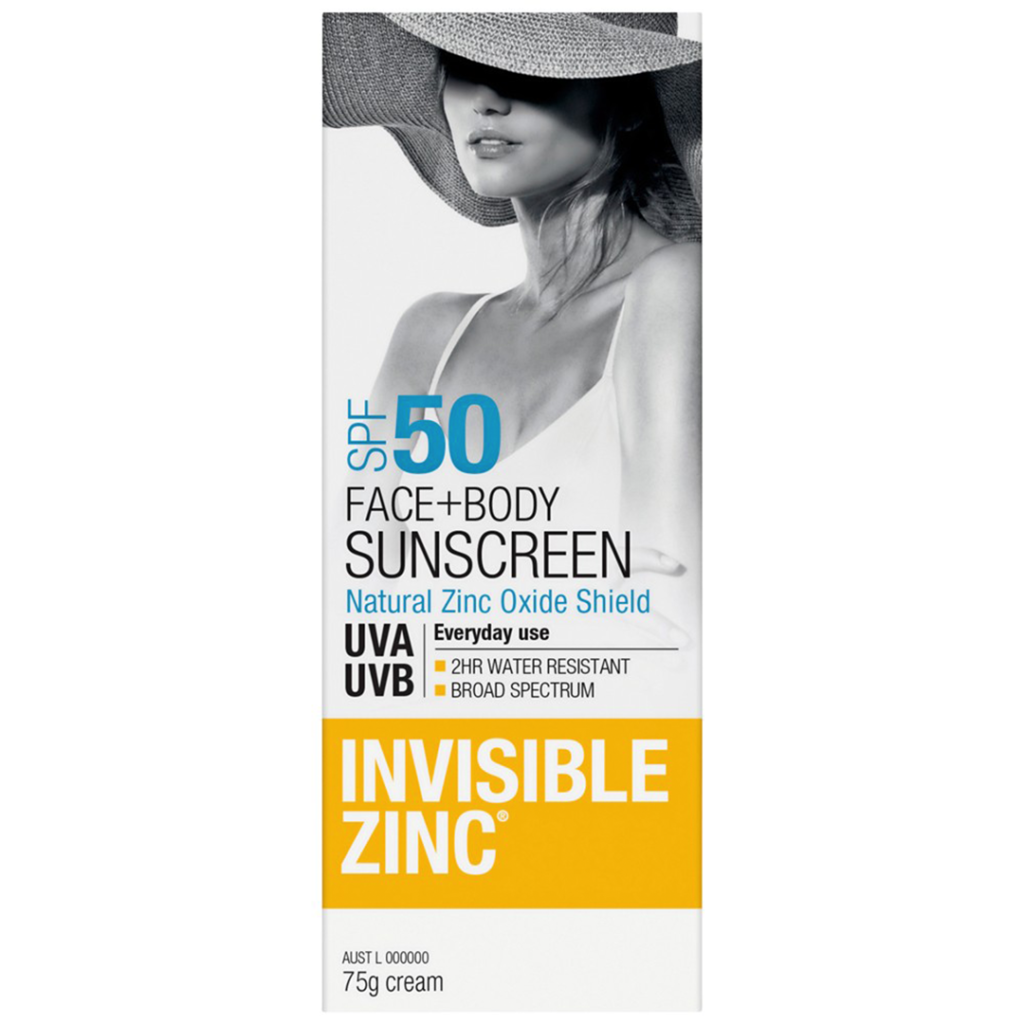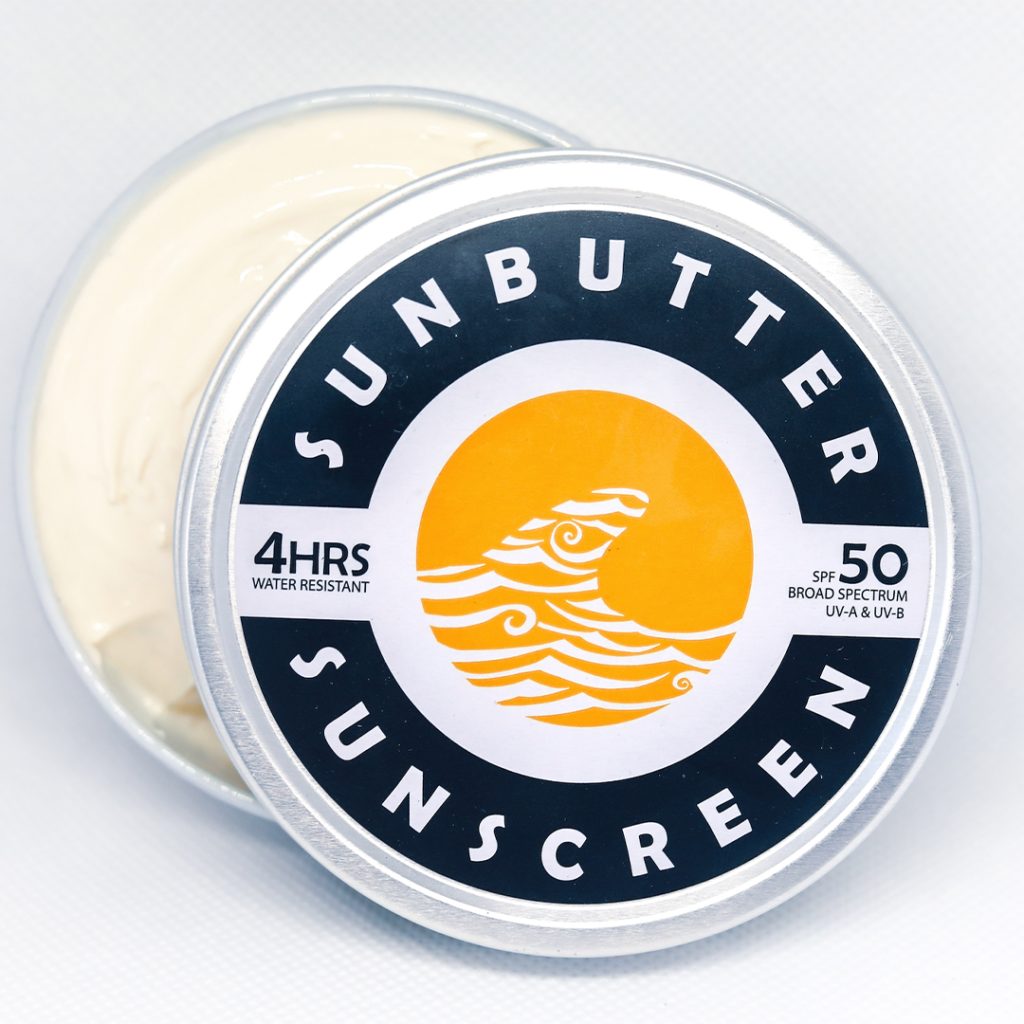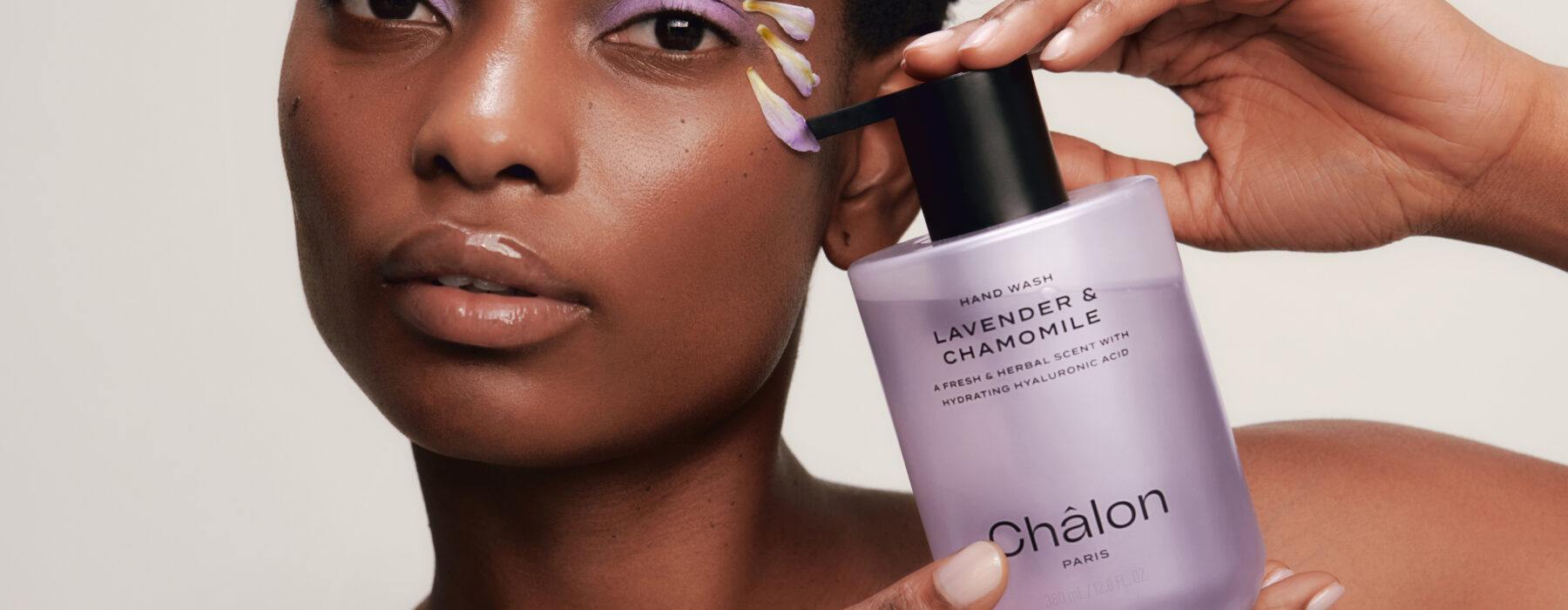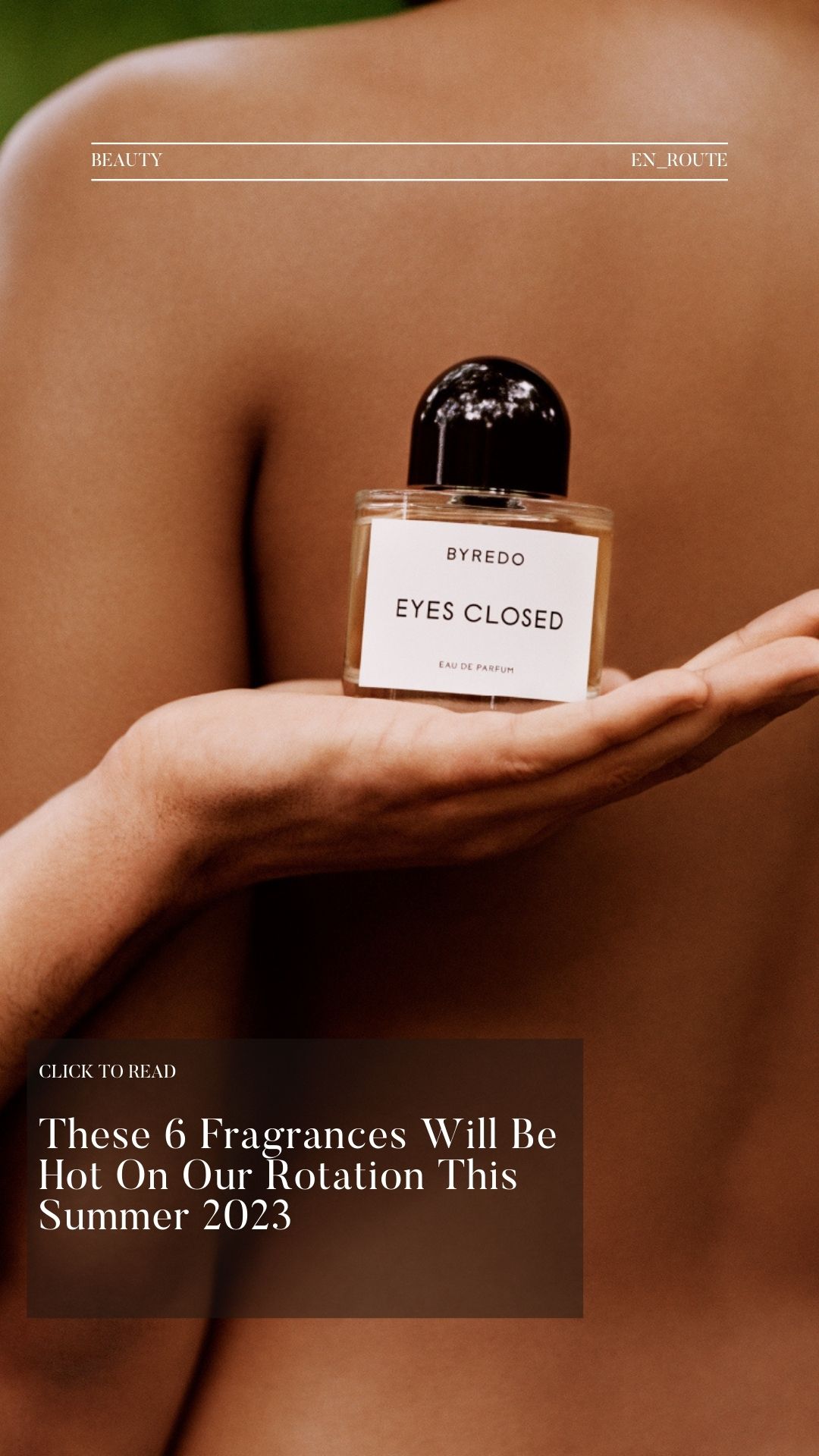Beauty
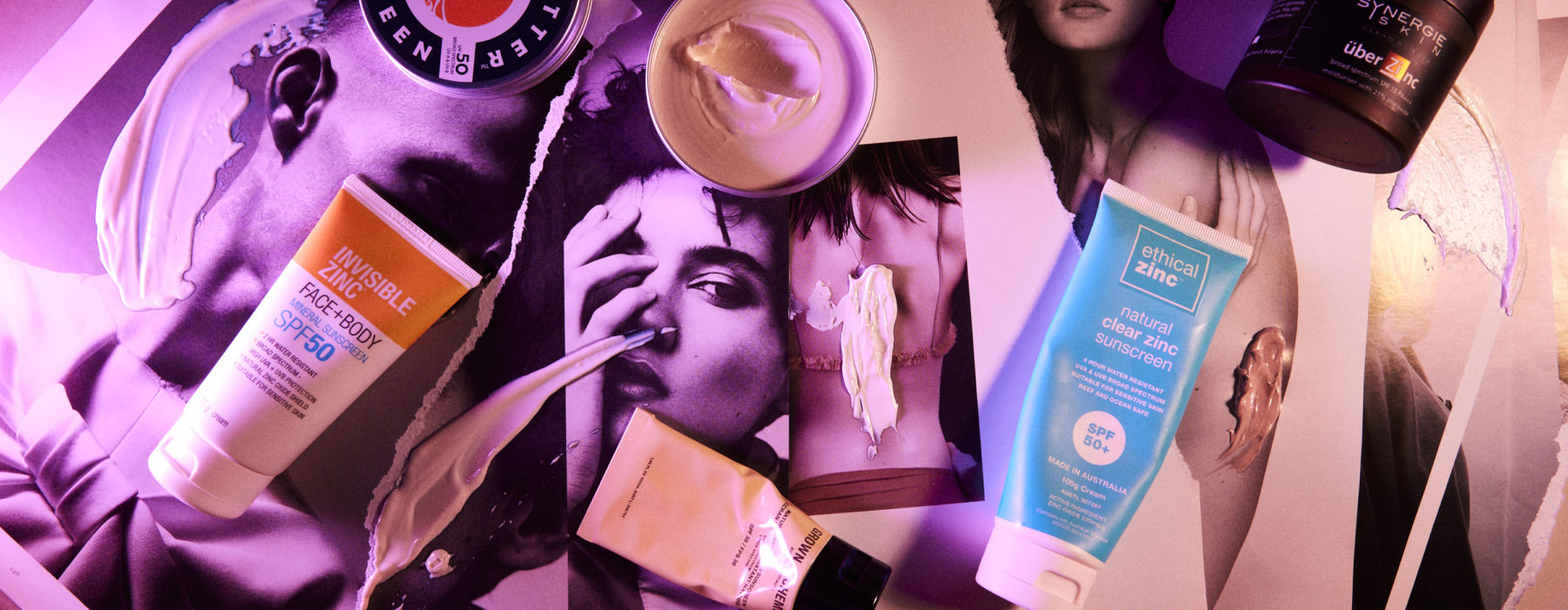
Why You Should Make The Switch To Mineral Sunscreen
Our skin and marine biome will thank you for it
The best anti-aging product to ever come about? Sunscreen, of course!
You’ve probably heard this many times before, from beauty editors to skin specialists around the world, we cannot help but stress how important sunscreen is for your skin. Your anti-aging journey doesn’t begin without sunscreen because it would be a shame to think that you may as well be throwing away your fancy serums every time you don’t apply sunscreen.
But the difference between mineral sunscreen and other chemical sunscreens is alarming, here’s why.
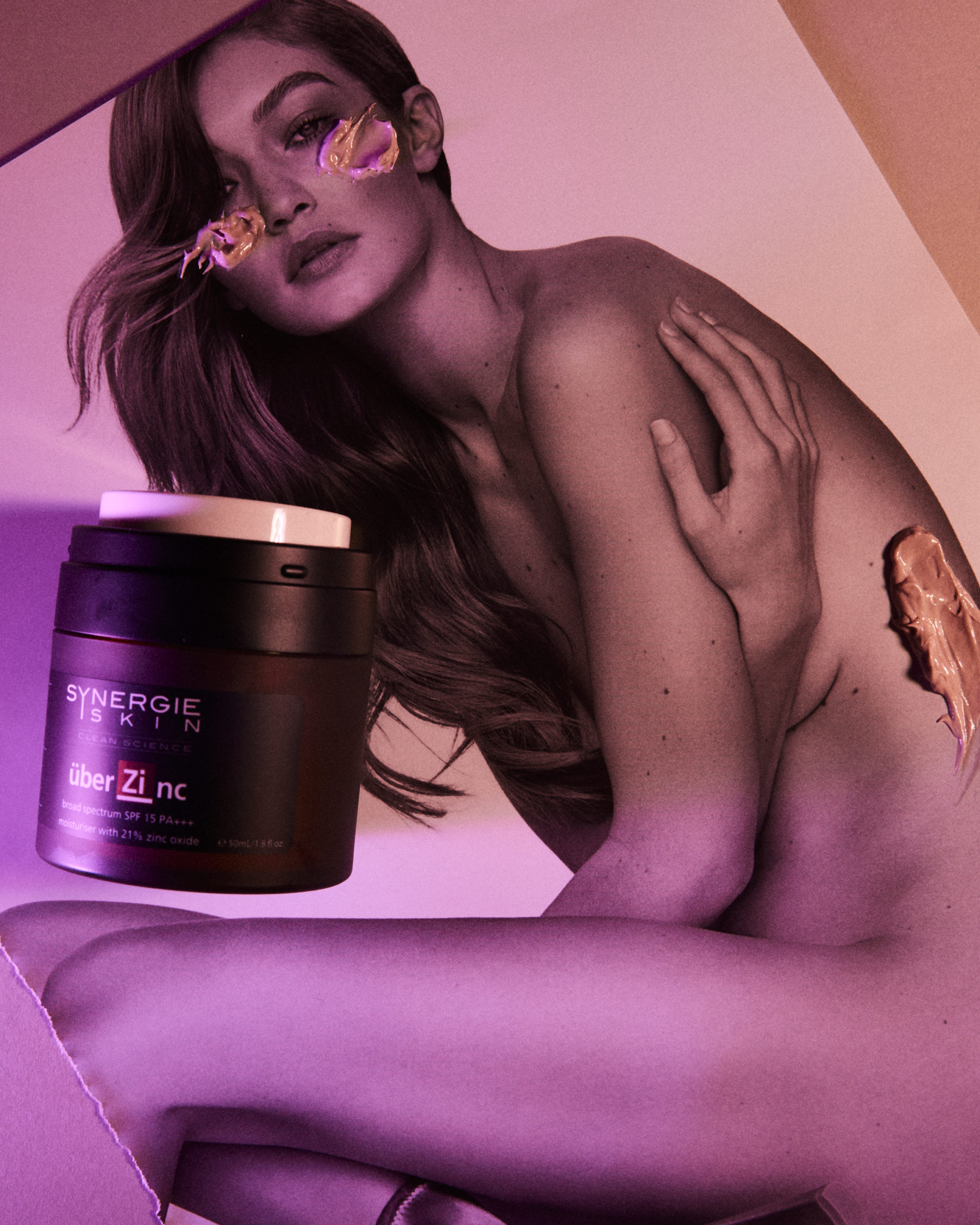
En-Route
ZINC OXIDE VS CHEMICAL SUNSCREEN
Zinc Oxide is “A natural mineral that does not penetrate the surface of the skin but rather sits on top to create a physical barrier,” informs Terri Vinson, Cosmetic Chemist and Founder of Synergie Skin.
Zinc Oxide particles act like tiny mirrors to reflect UVA and UVB rays, while chemical sunscreens such as Oxybenzone penetrate the skin and absorb UV radiation beneath the surface of your skin.
Zinc Oxide Benefits
“Old-fashioned zinc cream still holds up as the nappy rash go-to for soothing a baby’s sensitive little derriere,” explains Terri Vinson.
- It can calm the skin
- Safe to use on even the most sensitive skin
- Safe to use for babies under 6 months of age
- The only sunscreen approved by the FDA with exceptional protection to UVA and UVB rays
- Doesn’t absorb into the bloodstream
- Doesn’t irritate the skin, unlike some chemical sunscreens that cause sunlight sensitivity
“Mineral sunscreens containing Zinc Oxide are considered to be among the safest, even for babies under six months of age,” tells Jeremy Muijs, Founder & CEO, Grown Alchemist. Unlike common ingredients found in chemical sunscreens that are absorbed into the bloodstream “At levels that can cause harm.”
Chris Silvestro from Ethical Zinc adds that Zinc Oxide is, “The only ingredient with regulatory safety acceptance that provides broadspectrum physical barrier protection against both UVB and UVA.”
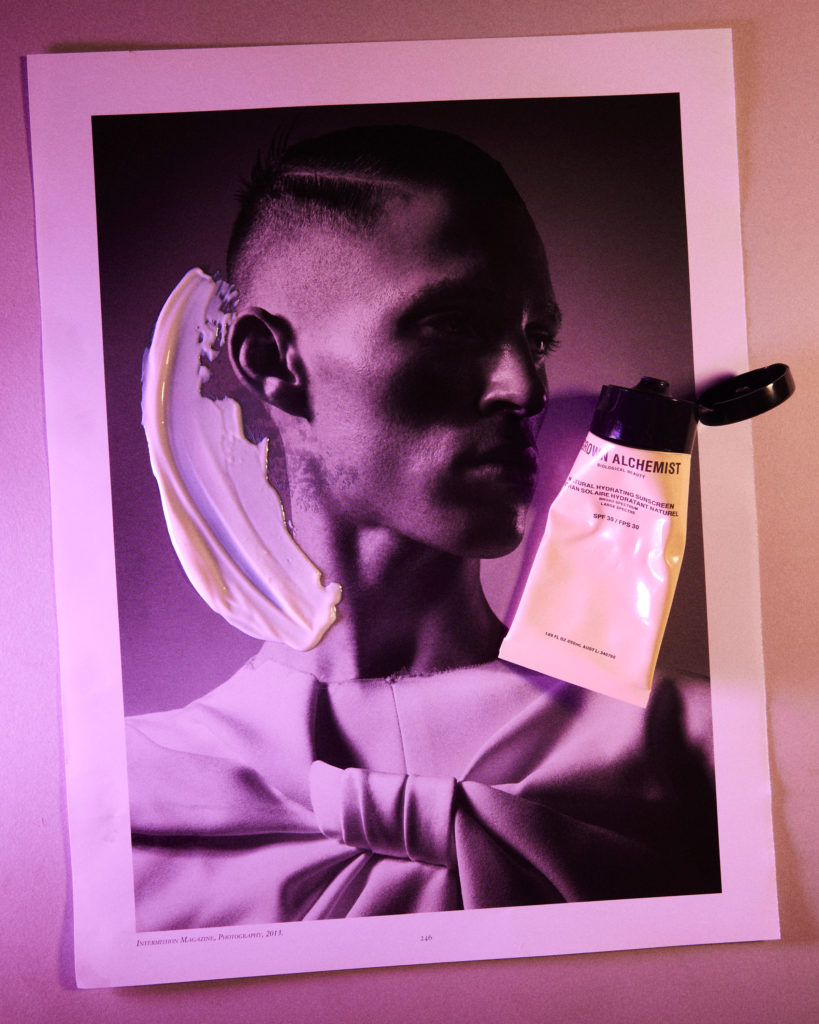
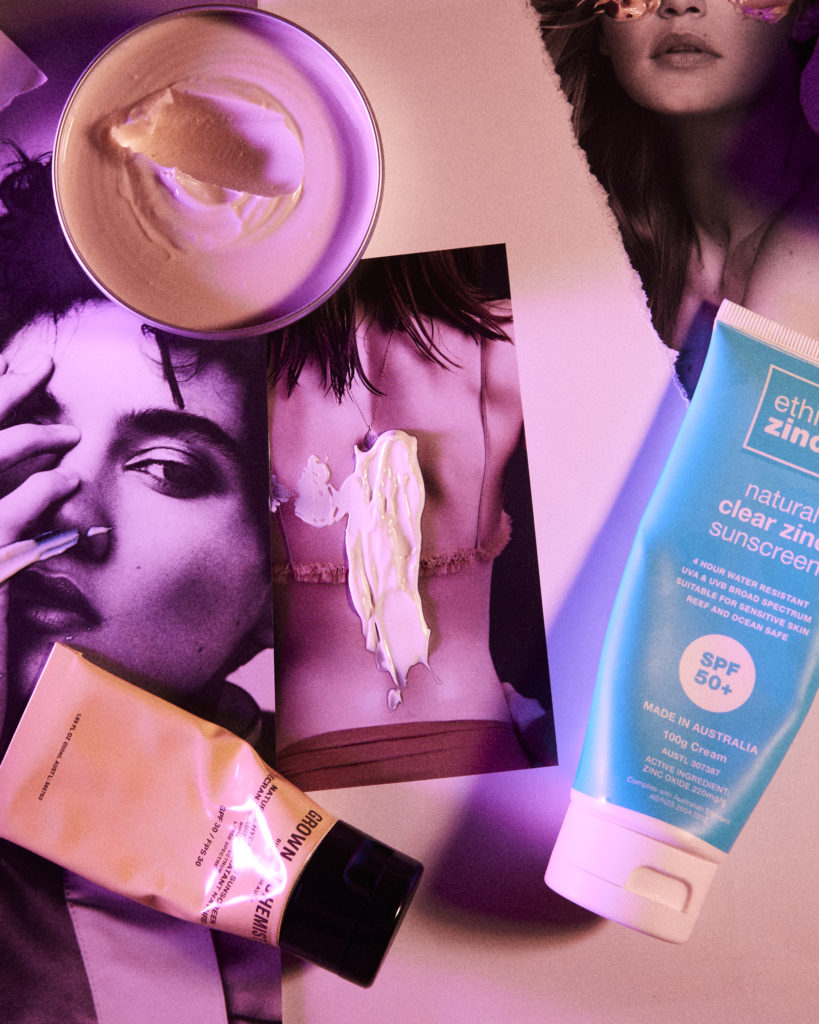
ARE there DANGERS IN USING ZINC OXIDE?
History once told that the nanoparticles of Zinc Oxide can penetrate the skin, however, Terri Vinson confirms that “Much research has been conducted since and results concluded that even the smallest particles of zinc oxide do not penetrate an intact skin surface.”
Jeremy Muijs tells us that “There’s no evidence of hormone disruption or inhalation concerns compared with, say Oxybenzone.”
As Zinc Oxide is a natural and safe mineral, it’s found in soothing lotions such as nappy rash cream and calamine lotion. While it is rare for someone to be allergic to Zinc Oxide, they are advised not to use it.
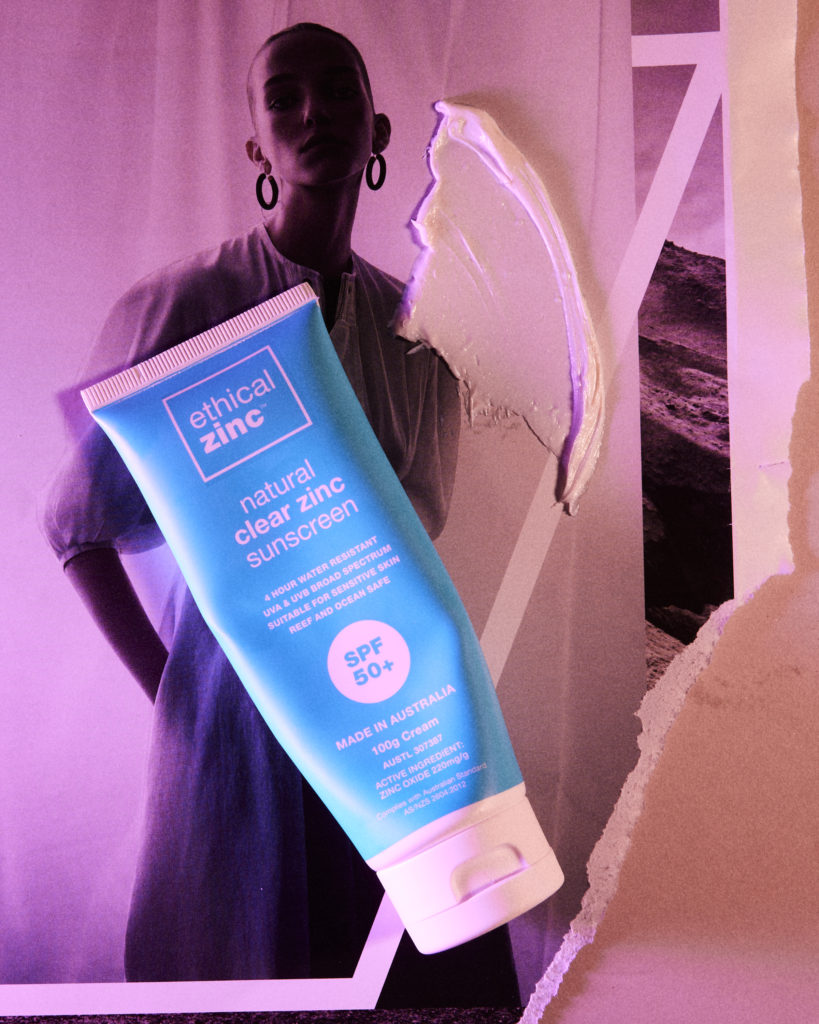
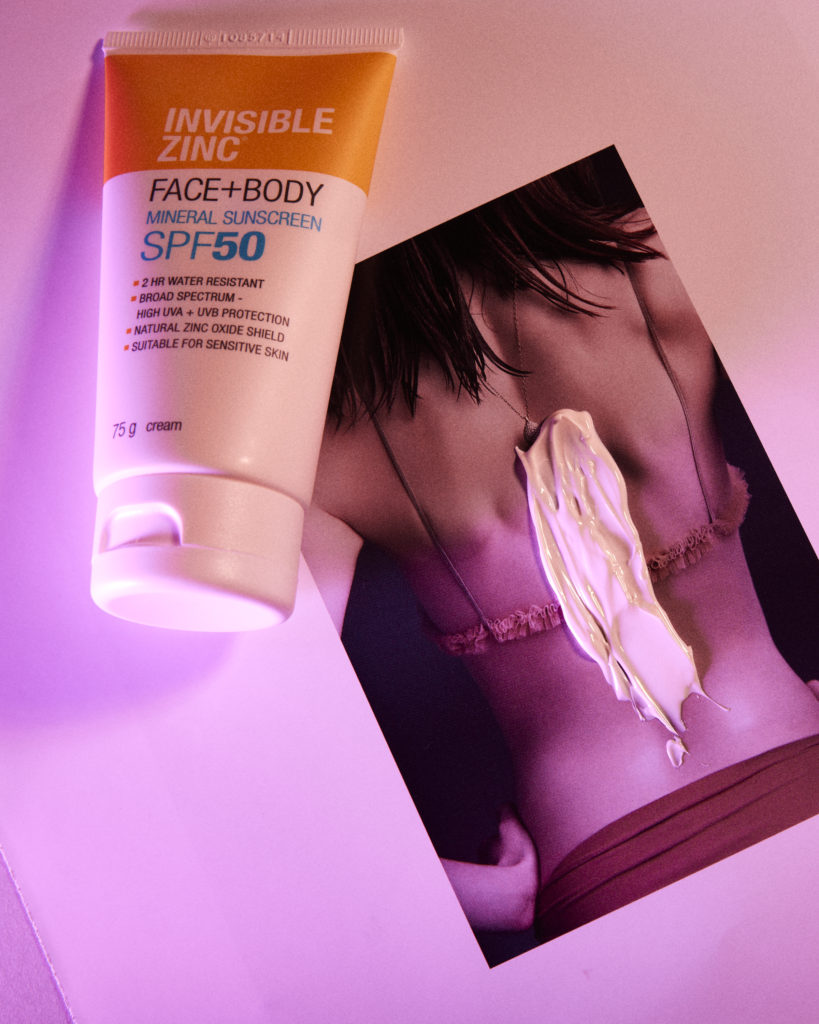
THE DANGERS OF CHEMICAL SUNSCREEN
- Absorbs into the bloodstream and can remain for weeks
- Acts as an endocrine disruptor
- Possible hormonal imbalance (needs more research to conclude)
- Can cause irritation for sensitive skin
Chemical sunscreens such as “Octylcrylene, Avobenzone, Octinoxate, Octisalate, Oxybenzone, Homosalate and Helioplex” have come under scrutiny for concerns of being absorbed into the bloodstream, Jeremy Muijs states.
Tests have been carried out to discover the harmful effects of chemical sunscreen and can confirm two ingredients being unsafe and banned for use, are “PABA & trolamine salicylate.” Chris Silvestro adds “Several chemical ingredients are also suspected of interfering with hormone levels, acting as endocrine disruptors. In animal studies, they have been found to affect thyroid & reproductive hormones.”
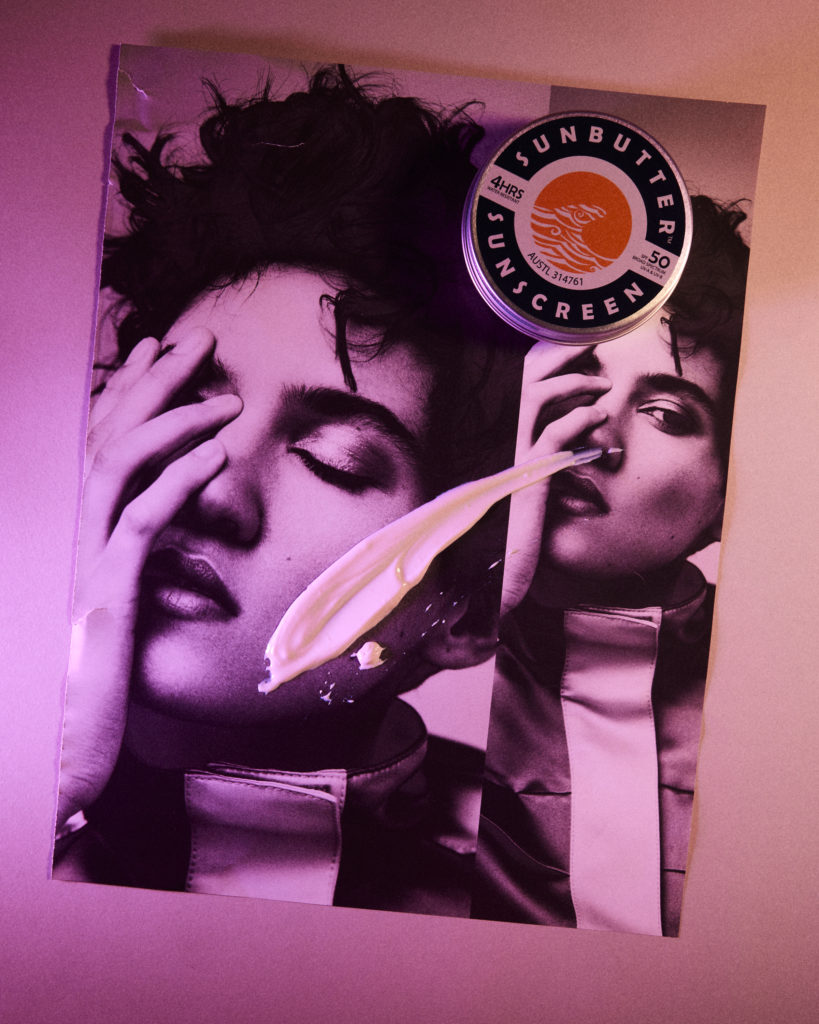
En-Route
OUR MARINE BIOME
The harmful concerns with chemical sunscreen span further into our marine life, including our coral reefs.
“More than 5,000 tonnes of sunscreen wash into the oceans annually, it is common chemical sunscreens that have been found to be toxic to marine life and coral habitats,” explains Jeremy Muijs.
Chemical sunscreens disrupt our ocean’s ecosystem inhibiting the reproduction of coral reefs leading to bleaching and toxic build-up in marine life. As Zinc Oxide is a natural mineral, it is 100% safe on our marine ecosystem.
“Sunscreens containing (chemical formulations) have been banned in some places around the world, such as Hawaii & Palau. These bans went into effect 1 January 2021,” Chris Silvestro adds.
SHOP THE EDIT
Read More Beauty
Read More From En Route

Just In! Be In The Know Fridays
Culture
07/24

Viral Beauty: The ROI of Radiance
Beauty
07/24

Your guide to the Hunter Valley
Travel
07/24
come En-Route with us
Sign-up for our newsletter.
By clicking "submit", you agree to receive emails from En-Route and accept our privacy and cookie policy.

